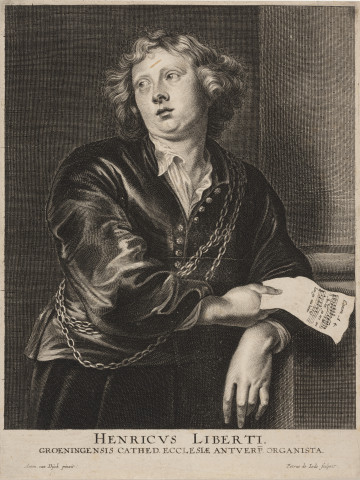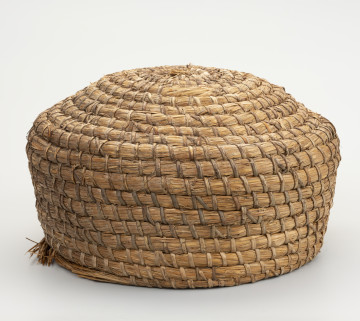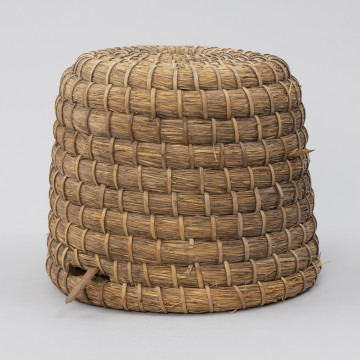
Portrait
circa 1632
National Museum in Szczecin
Part of the collection: European and non-European coins
One of the fundamental characteristics of the Chinese monetary system until the late 19th century was the almost complete absence of coins made of precious metals. Banknotes were not trusted by the public, which made silver bars a popular means of trade exchange, used for everyday payments since the 7th century. Unlike coins, bar production was not a state monopoly. It was run by private banks, trading companies and silver refineries. This system was based on a unit of weight called a tael. There were about 170 standards of taels depending on province, city and even type of payment. The government measure was the tael Kuping (“treasury standard”) amounting to 37.5 grams. Depending on their shape, silver bars could be referred to as shoes, turtles or saddles. Bars similar to the presented artefact were made as gifts in the 1940s. On the upper surface, next to the issuer's markings and the quality of the bullion, the signs of luck and wealth were stamped. More information can be seen in the inscriptions on the underside. In the first line the value of the denomination was stamped - two taels. The second line to the right of the large ideogram "Issue" reads Dong Chang – the name of the bank or company that manufactured the bars. To the left of the ideogram is the designation for "pure silver". The third line is a sentence: “May you have all the money and treasure you need” Silver bars were often counterfeited, both in the past when they were in circulation, as well as today, due to the demand of the collector market. Some pieces, despite the "pure silver" designation, do not contain silver at all. Bars were legal tender in China well into the 20th century. The monarchy was overthrown in 1911, but the Republic of China continued using the dollar, which was introduced in the late 19th century, and silver bars continued to play an important role in trade. They were eventually phased out in 1933.
Mieszko Pawłowski
Other names
Liang
Author / creator
Dimensions
cały obiekt: height: 22.7 mm, width: 21.3 mm
Object type
ingot
Technique
punching, cast
Material
silver
Creation time / dating
Creation / finding place
Owner
National Museum in Szczecin
Identification number
Location / status

circa 1632
National Museum in Szczecin

1965
National Museum in Szczecin

1890 — 1910
National Museum in Szczecin
DISCOVER this TOPIC
Museum of King Jan III's Palace at Wilanów
DISCOVER this PATH
Educational path